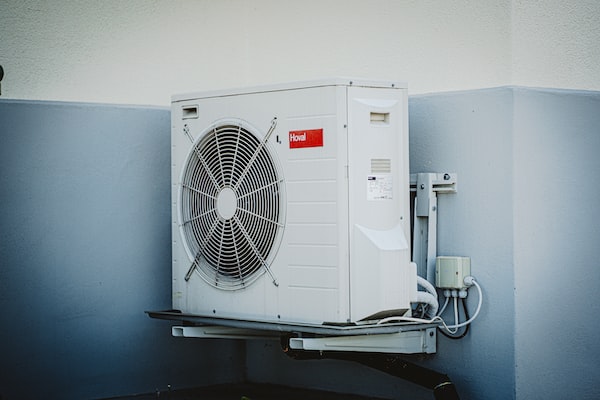Are you having trouble with your evaporator coil freezing up? Diagnosing the cause of a frozen coil can be tricky, but it’s important to do if you want to keep your air conditioning system running optimally. In this article, we’ll discuss how to diagnose a frozen evaporator coil, as well as how to prevent it from happening in the future. Keep reading to learn more.
Check for adequate airflow

When diagnosing a frozen evaporator coil, it is important to check for adequate airflow. Poor airflow can be caused by several issues, such as dirty air filters, blocked air ducts, and obstructed outside units. Dirty air filters can reduce airflow and cause the evaporator coil to freeze up. To prevent a clogged air filter from causing a frozen heat pump, the filter should be inspected and changed regularly. It is suggested that homeowners change HVAC air filters at least every 90 days.
Blocked air ducts can also reduce airflow and cause the coil to freeze. Air ducts should be inspected for blockages, such as dust, dirt, and other debris, and should be cleared if any blockage is found. Additionally, obstructed outside units can also impede airflow and cause the coil to freeze. The outdoor unit should be inspected for any obstructions, such as leaves, branches, and other debris, and should be cleared if any obstruction is found. By inspecting the air filters, air ducts, and outside units, you can ensure adequate airflow to the system.
Ensure proper refrigerant levels
Diagnosing a frozen evaporator coil requires ensuring proper refrigerant levels. When there is an inadequate amount of refrigerant in the system, the liquid line can become too cold, causing the evaporator coil to become icy. The process of determining the correct refrigerant levels involves using a set of specialized tools, such as a refrigerant gauge, to measure the pressure of the refrigerant in the air conditioner. If the pressure is too low, it means that the air conditioner needs more refrigerant, and if it is too high, it means that the unit has too much.
Once the correct amount of refrigerant is determined, it needs to be added to the system in order to provide the proper cooling performance. It is suggested that a professional HVAC technician address any issues with low refrigerant levels.
Make sure the evaporator coil is clean

When diagnosing a frozen evaporator coil, it is important to ensure that the coil is clean. If the evaporator coil is dirty, debris can accumulate on the coil and restrict airflow, which can cause the coil to freeze up. In addition, a dirty evaporator coil can cause the system to run less efficiently, leading to higher utility bills.
To clean the evaporator coil, the system should be turned off and the power disconnected before the coil is inspected. If visible debris is present, it should be carefully removed with a soft brush or vacuum. If the coil is heavily clogged, the professional should consider using a coil cleaning solution to dissolve the debris and minimize damage to the coil. After the coil is clean, the system should be re-energized, and the operation of the system monitored to ensure it is functioning properly. Routine annual maintenance will ensure the health and cleanliness of the system’s evaporator coil.
Overall, diagnosing a frozen evaporator coil is crucial for ensuring the proper functioning of an HVAC system. Early diagnosis can help to quickly identify the issue, leading to a faster and more cost-effective repair. Additionally, diagnosing a frozen evaporator coil can help to prevent further damage to the HVAC system, as well as other components of the building that rely on it.
Read More:

